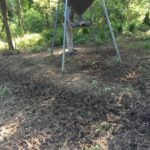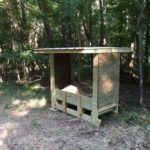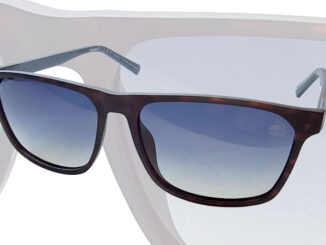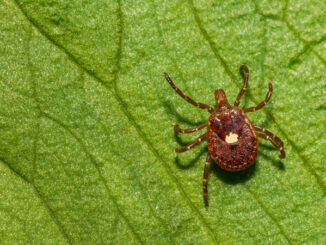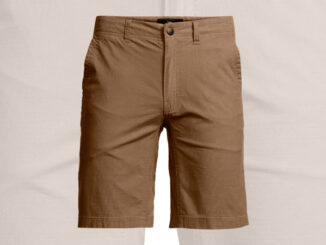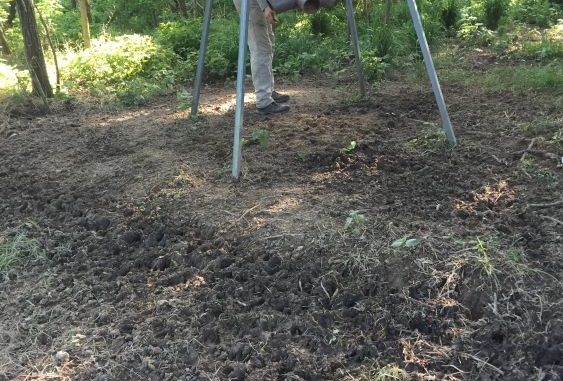
In last month’s installment we discussed minerals and supplemental feeding of deer in Mississippi. This is still a controversial subject depending on who you talk to. Proponents call it supplemental feeding, opponents call it deer baiting. It has been two years now since the MDWFP loosened the regulations regarding: Rule 2.4 — Supplemental Feeding of Wild Animals Outside of Wildlife Enclosures. Let’s drill down on this subject a little deeper and see what is legal and what is not, and how to properly use supplemental feeding to best affect.
For a number of years before the recent rules change, supplemental feeding of deer had been legal in Mississippi, it was just highly regulated. During that earlier time period, restrictions on corn to just the short December 1 to February 28 three-month core period of the winter deer season always caused me to stare in disbelief as I watched people roll buggy loads of “deer corn” to the registers of local big box stores long before and after deer season. My most telling observations though involved the individuals who would only have one bag of deer corn in their buggy. There was no doubt in my mind that it was going directly on the ground within a short easy shot of a blind or stand.
Societal thought seems to evolve and change on every subject if given enough time. And change it did on the topic of supplemental deer feeding. I remember reading in the months before the revised Commission ruling in 2015 that an e-mail survey revealed that at least 62% of respondents were in favor of being able to hunt within line of sight of a feeder. But, even though a feeder can now be in plain view, it still must be at least 100 yards or more away from the hunter. That is no big challenge for most of the cannons that I see being toted around the woods these days.
If an individual wants to take advantage of Rule 2.4 and legally utilize supplemental feeding, let’s rehash the most important features of the law. It is only legal to use supplemental feed for deer on private land. Public lands are off limits, primarily due to potential conflict between hunters. On private land, hunters must be at least 100 yards from a feeder that contains feed. Above-ground covered feeders are the only legal way to feed. This would include gravity as well as spin-cast feeders. No feed can actually touch the ground, except by way of a spin-cast feeder. A spin-cast feeder does indeed allow feed to contact the ground, but it is widely distributed and not deposited in a pile. Deer have the ability to quickly remove what is cast about and the feed has little time to mold or go sour. Any type of feed can be utilized. And lastly, all feeders must be at least 100 yards away from exterior property lines to reduce potential conflict between adjoining landowners and hunters.
Supplemental feed sites become wonderful trail camera scouting locations. Having done a lot of trail camera surveillance over the years at feeder sites, I have a few observations and suggestions that I will share with you. To get the most bang for your buck, don’t just plop a feeder down in the first clearing that you come to. Put some real thought into it and don’t hesitate to change locations if your deer visits are low and your pictures few. In other words, experiment until you find the best two or three or more spots that get you the best results. Unless you are using cameras mounted on a tripod or a stick-in-the-ground shaft, find a site that has a suitable camera mounting tree located at least few yards in a southerly direction from the actual feeder. The infrared motion sensors that trigger trail cameras can be mistakenly set off by bright direct sunlight and/or a background of high grass or weeds that blows back and forth in the wind. The direct sunlight false-triggering problem is accentuated in the winter due to the lower angle of the sun to the southern horizon. The camera should be setup where it looks roughly south to north toward the feeder at a distance of about 20 to 25 feet. The distance is more dependent on what the nominal flash range is of the camera being used.
I also like to mount my cameras at a height of about 6 or more feet above ground level, and cocked at a downward angle toward the feeder. The higher angle is less noticeable to deer, plus it can give a better viewing angle for a buck’s rack. Run your feeder cameras across the entire deer season and you won’t be disappointed.
